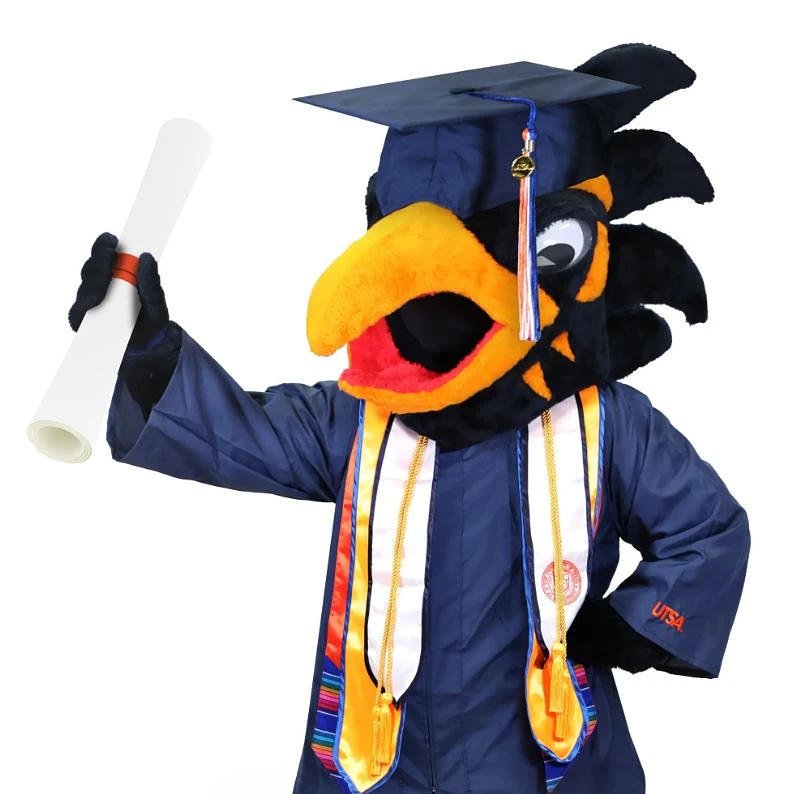On May 5th , the Department of Education will begin sending borrowers who have defaulted Federal student loans to collections. Borrowers are placed into Default if a scheduled student loan payment has Not been made for at least 270 days (9 months). Below is some useful information on understanding the student loan repayment process to help avoid your loans going into default.
When do my student loans go into repayment?
Once you graduate, drop below half-time enrollment, or withdraw from school, your federal student loan goes into repayment. If you utilized a federal student loan such as a Direct Subsidized or Direct Unsubsidized loan, you will have a six-month grace period before you are required to start making regular payments. Do keep in mind that for most loans, interest accrues during your grace period and will be added to the outstanding balance of your loan.
Where do I repay my federal student loans?
To begin the federal student loan repayment process, it will be important for you understand your student loan balance and to locate your student loan servicer. You’ll be able to view your federal student loan balance and loan servicer on your studentaid.gov Dashboard. Student loan servicers are contractors hired by the Department of Education that are responsible for assisting borrowers with tasks such as making payments, choosing a repayment plan, and monitoring the status of the loan.
Are repayment plans available for federal student loans?
There are two groups of repayment plans available to borrowers: fixed and income-driven repayment (IDR). On a fixed payment repayment plan, your monthly payment is an amount that will pay off your loan entirely (including any interest that accrues) after a set number of years. On these plans, your monthly payment generally stays the same unless your principal balance changes. The fixed payment repayment plans include the Standard Repayment Plan, the Graduated Repayment Plan, and the Extended Repayment Plan. These plans are based your monthly payment amount on how much you owe, your interest rate, and a fixed repayment time period.
Income-driven repayment (IDR) plans are based your monthly payment on your income and family size, etc. You will likely have a lower monthly payment on an IDR plan. To sign up for an IDR plan, use the online IDR application.
If you want to be placed on one of these plans, contact your loan servicer.
What if I can’t make a payment?
If you believe you are in danger of missing your scheduled student loan payment, contact your loan servicer immediately! They may assist by placing your loan into an IDR plan that works best for you. The loan servicer may also give you the option of placing your loan into deferment or forbearance. When being placed into deferment or forbearance, your payment will be temporarily suspended but interest will continue to be accrued.
What happens if I don’t make my federal student loan payments?
The first day after you miss a student loan payment, your loan will become past due, or delinquent. Your loan account remains delinquent until you repay the past due amount or make other arrangements, such as changing repayment plans or going into deferment or forbearance.
If you are delinquent on your student loan payment for 90 days or more, your loan servicer will report the delinquency to the national credit bureaus, which can negatively impact your credit rating. If you continue to be delinquent, you risk your loan going into default if no payment is made within 270 days (9 months). Default will lead to negatively affecting your credit score and your ability to use financial aid in the future. This will also lead to the garnishment of your wages and withholding of your tax refunds.
Am I able to get out of Default?
Yes. One option is to pay off your loans in full, but that may not be feasible. If that is not an option, you will want to contact your Loan Servicer. They will discuss with you the following options: loan rehabilitation or loan consolidation. Loan rehabilitation is when the borrow makes a certain number of consecutive, on-time payments to your loan holder under a rehabilitation agreement that will result in the loan being removed from default. Loan consolidation will allow borrowers to pay off one or multiple federal student loans with a new consolidation loan. To consolidate, you can agree to repay the new loan under an income-driven repayment plan.
Repaying your federal student loans can feel like a daunting process, but it can affect your future once you begin missing your payments. It is really important to stay in contact with your loan servicer if you feel as if you may miss a payment . Hopefully this info can keep you on track and stay in good standing with your federal student loans.
* Information provided in this article pertains only to federal student loans. If you utilized an alternative loan, please reach out to your lender for more information regarding repayment options.
Skip past news feed


